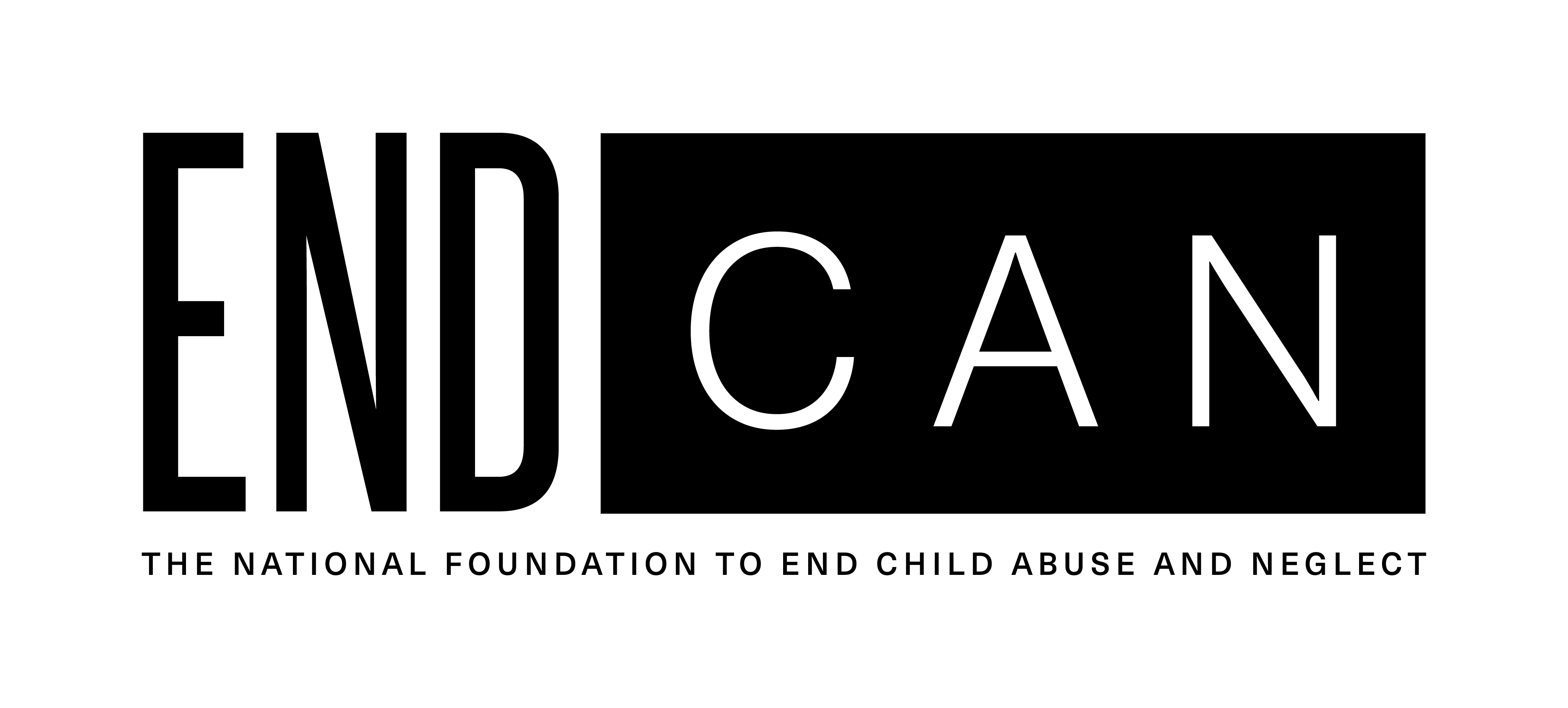
Sibling Abuse: The Hidden Epidemic
When most people think of child abuse, they most likely think of an adult harming a child. Yet, sibling abuse is the most common but least reported abuse in the family. Though experts contend that it’s significantly underreported, it’s estimated that up to 80 percent of youth experience some form of sibling maltreatment. The prevalence of sibling abuse is higher than spousal or child abuse.
There’s no shortage of news reports of parents, other family members, or trusted adults in authoritative roles abusing children. The headlines are also full of stories about random acts of violence against children. Rarely, if ever, are accounts of sibling abuse reported on in the news.
Parents, understandably, don’t want to believe that their children are capable of abusing one another. Sibling abuse is often explained away as sibling rivalry, normal roughhousing, part of growing up, and in the case of sibling sexual abuse, as normal childhood curiosity. But it’s not. It’s violent and leaves its victims feeling frightened and alone. The sibling’s initial wound is followed by a second wound when parents brush it off and fail to protect the victims.
Sibling Rivalry
The most commonly heard excuse for sibling abuse is sibling rivalry, but they’re different. Squabbles, jealousy, unwillingness to share, and competition are normal sibling behaviors. Rivalry is reciprocal and motivated by parental attention versus harm and control. Abuse is a repeated pattern with one sibling taking the role of the aggressor to disempower the other. Sibling abuse is often characterized by bullying.
Sibling abuse typically happens when an older child dominates a younger or weaker sibling who wants to please their sibling. Unlike rivalry, the object is to establish superiority or incite fear or distress.
Even as other domestic violence forms have been widely recognized and researched to develop intervention programs and public outreach, sibling abuse has been largely ignored. The minimal studies that have been conducted around sibling abuse indicate that both survivors and perpetrators are at a higher risk of developmental delays, depression, low self-esteem, and substance abuse than those not affected by sibling abuse.
Forms of Sibling Abuse
Sibling abuse can take various forms. It may be physical, psychological, or sexual and can be doled out in seemingly benign ways. The damage happens when a sibling inflicts persistent emotional abuse, teasing, denigration, or physical harm on another sibling.
-
Emotional Abuse
Emotional abuse between siblings is common but difficult to research. The impact of emotional abuse in any form should never be underestimated. Name-calling, belittling, teasing, shaming, threats, intimidation, false accusations, provocation, and destroying a sibling’s belongings are all forms of emotional abuse. The abuser may use manipulative tactics, such as playing the victim, deceit, threats, withholding, bribes, stonewalling, or trickery, to exploit and gain an advantage over her or his sibling.
-
Physical Abuse
Rough and violent behavior, including choking, biting, pinching, hair-pulling, physical restraint (pinning someone down), slapping, and shoving, all constitute physical abuse. Physical abuse, the deliberate intent to cause bodily harm or injury, may also include the use of weapons.
-
Sexual Abuse
Minors commit more than one-in-three cases of sexual assault against children, and 2014 data states that sibling sexual abuse accounts for more than two percent of those cases. Sexual abuse can range from fondling, lewd acts intended to cause sexual arousal, masturbation, unwanted sexual advances, forcing a sibling to view pornography or rape.
Victims are usually sworn to silence and feel isolated and alone. Resistance often results in offenders using threats of exposure or retaliation to ensure secrecy. If and when parents are told, victims must be believed and met with empathy rather than hysteria or denial. Often, parents are in denial and doubt the victim’s story to protect themselves and the perpetrator.
Research has shown that parents may struggle to intervene when abuse occurs between their children due to the complex nature of the issue and realizing that both the offender and the abused child need help appropriately.
The Complex Consequences of Sibling Abuse
It’s not uncommon for survivors of sibling abuse to experience deep confusion and shame toward the abuse, toward their sibling, and especially toward themselves. They often have opposite, conflicting, and confusing feelings toward the abuse and their sibling. They may feel responsible for what happened. It can cause ongoing trust issues, and many also struggle with power and balance issues in their personal and professional relationships.
Like all forms of child abuse, sibling abuse can lead to myriad problems for victims, including anxiety, depression, PTSD, self-loathing, and low self-esteem. But there is hope, and it is possible to heal. While addressing sibling abuse can be difficult, intervening can protect the victim’s health and correct the abusive sibling’s behavior. No child’s health and wellbeing should be ignored and allowed to deteriorate under the circumstances of sibling abuse.
Listen to our Podcast Episode on Sibling Abuse
On Episode 38 of the Louder than Silence Podcast, Lori Poland is joined by Brad Watts, Licensed Professional Counselor, Certified Sex Offender Treatment Provider, and author of “Sibling Sexual Abuse: A Guide for Confronting America’s Silent Epidemic”. Brad discusses his work treating adolescent sex offenders as well as the silent epidemic of sibling sexual abuse. Listen now
